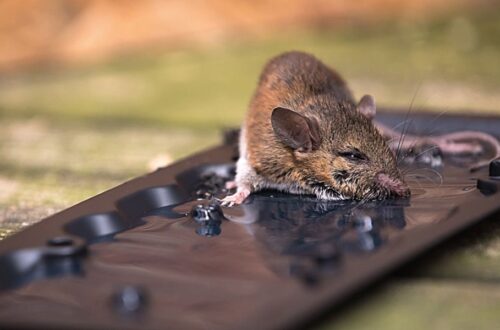
Between the Stripes: Why Conservationists Must Confront the Environmental Consequences of Animal Agriculture
India, home to more than 75% of the world’s tiger population, has witnessed a significant rise in tiger numbers, growing from just 1,411 in 2006 to an encouraging 3,167 in 2022, as reported by the World Wildlife Fund (WWF) and the Global Tiger Forum. However, alongside this positive development, a deeper and interconnected issue threatens to undermine the very conservation efforts aimed at safeguarding these majestic creatures: the critical link between tiger preservation and the adverse impacts of industrial animal agriculture.
India’s relentless pursuit of industrial animal farming exacts a toll on our land and resources, presenting an imminent environmental challenge. In villages adjacent to forests, herds of animals are regularly taken into these green spaces for grazing. This activity, particularly during the season of seed germination, can detrimentally impact the growth of new flora. Furthermore, the daily collection of fodder, typically tender leaves from young trees, from these forests also contributes to the problem.
The consequences of animal agriculture reach further. This substantial contribution to climate change disrupts prey distribution within ecosystems and presents numerous survival challenges for our tigers. Livestock, including cattle, contributes to the emission of carbon dioxide, methane, and nitrous oxide, which are the main greenhouse gases (GHGs). Globally, livestock accounts for 44% of anthropogenic CH4 emissions, 53% of anthropogenic N2O emissions, and 5% of anthropogenic CO2 emissions.
Startling statistics from the IUCN Red List reveal that out of the 28,000 species considered to be threatened with extinction, a staggering 24,000 are threatened due to agriculture. This highlights the significant role that agricultural practices, including animal agriculture, play in endangering species and undermining biodiversity. Over the past five decades, India has witnessed a loss of 12% of its wild mammals, 19% of its amphibians, and 3% of its birds.
Addressing the perils of industrial animal agriculture becomes crucial for the survival and well-being of tigers, as well as the sustainability of our ecosystems. Expanding animal agriculture directly threatens the habitats and prey species that tigers rely upon for their survival. Furthermore, the environmental consequences, including deforestation, greenhouse gas emissions, and biodiversity loss, undermine the very foundation of conservation efforts. To tackle this complex issue, we must go beyond traditional approaches and develop an integrated strategy that connects the realms of wilderness and agriculture.
Firstly, transition to plant-forward, climate-resilient agriculture, by shifting policy and supportive subsidies towards sustainable farming practices that prioritise plant-based regenerative agriculture. This will not only reduce environmental impact but also contribute to mitigating climate change, conserving tiger habitats, and promoting a healthier planet. By incentivizing and supporting farmers in adopting plant-forward alternatives, we can foster a harmonious coexistence between human activities, sustainable agriculture, and the preservation of these magnificent creatures.
Secondly, our afforestation efforts should prioritise the preservation and restoration of diverse native forests, emphasising the rejuvenation of indigenous habitats rather than focusing solely on the numbers of trees planted.
Lastly, the transformative power of education should not be underestimated. Programs such as the National Green Corps (NGC) play a crucial role in raising awareness about sustainable consumption, wildlife conservation, and climate change. By promoting knowledge and understanding, we can inspire a collective shift towards responsible choices that transcend the destructive consequences of our current food production and consumption patterns.
The rise in tiger numbers brings a glimmer of hope, but it also underscores the need for vigilance and reevaluation. The question we need to confront is: how long can we turn a blind eye to the destructive costs of our food choices? It’s high time we reassess this path, for it not only threatens our iconic tigers but also undermines the wider environmental equilibrium. In rethinking our food production and consumption, we strive not just to save the tiger but to confront broader environmental challenges, forging a path towards a more sustainable India.





